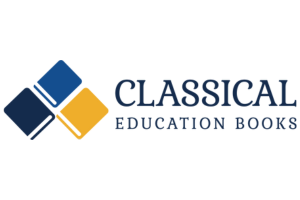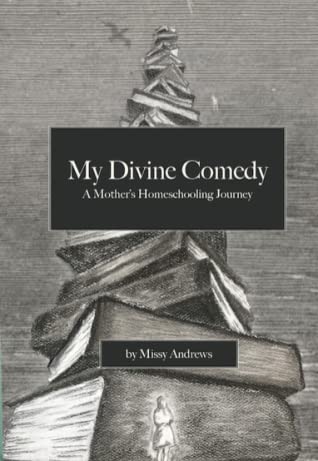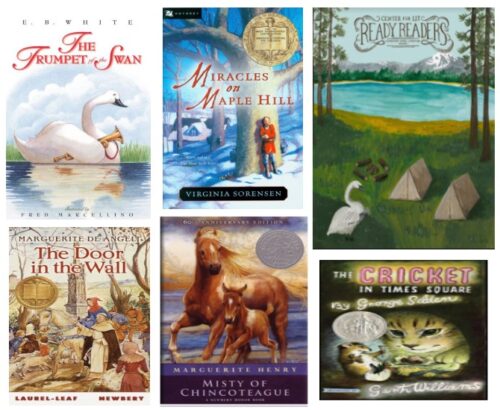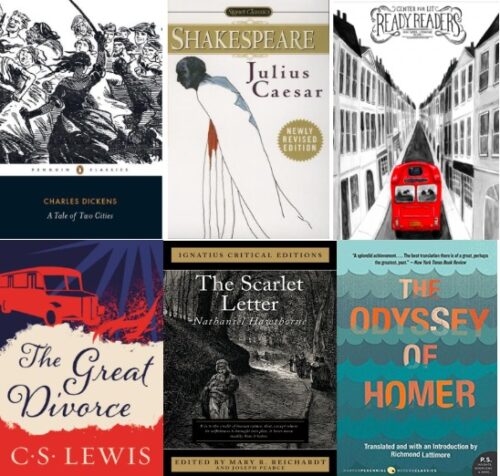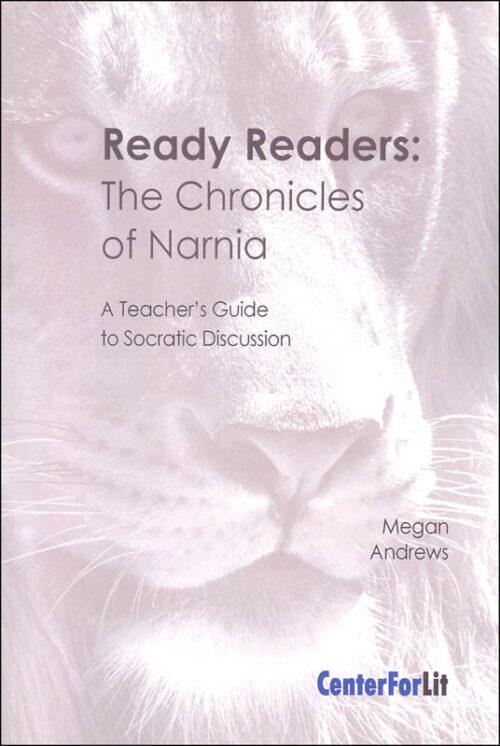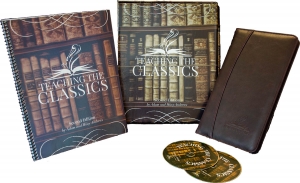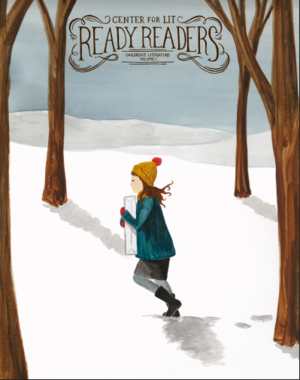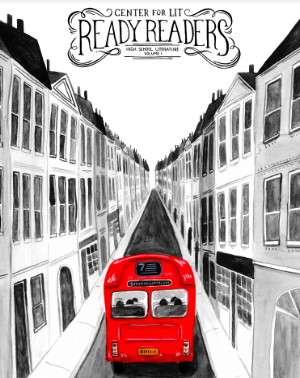Literary Analysis using the Socratic Method with the Center for Lit

Yikes! That sounds intimidating but keep reading; we love what the Center for Lit family has done for literature study.
This is not a typical curriculum in that there is no textbook, student workbook, or answer key.
Instead, this is a seminar for parents. These resources equip parents with the tools they need to guide their children through the process of literary analysis.
What is Literary Analysis?
It is deep reading. It is one of the reasons we read. Other, more common reasons include simple enjoyment/passing the time, learning something, being inspired.
Analysis simply means breaking down the whole into smaller parts, figuring out how the parts work on their own, and how the parts work together. The principles of literary analysis apply to plays, movies, poetry, picture books, chapter books, novels, and biographies.
What is the Socratic Method?
Socrates was a Greek philosopher. He developed a way of educating through asking questions.
Why?
Why would a busy homeschooling parent take the time to learn about Literary Analysis and then teach it to their children? It’s tempting to think that literary analysis is impractical but it’s worth taking another look. Literary analysis exercises critical thinking skills making it a great way to practise connecting ideas, examining inconsistencies, problem-solving, reflecting on, and solidifying our own beliefs, and developing skills in making claims and then giving supporting facts.
Empathy is also developed as we learn to not tie truth only to our own experiences but rather consider the thoughts, feelings, and experiences of others.
Also, as our children consider the perspectives of others and then their own beliefs are challenged they are often strengthened by having gone through that process. Honestly, this can be scary to watch but is a necessary part of maturing
Finally, learning literary analysis helps us to read God’s word as we learn to consider the context, the writers, and the literary devices.
The Parts and How They Work
These resources can easily be used in a typical classroom, homeschool, or learning co-op.
Part 1:
The Teaching the Classics DVD seminar is the flagship product of Center for Lit. There are eight, one-hour DVDs and Adam Andrews does a great job explaining everything you need to know.
Disc. 1: Tools for Literary Analysis
Disc. 2: Style and Context
Disc. 3: Setting
Disc. 4: Characters
Disc. 5: Conflict and Plot
Disc. 6: Theme
Disc. 7: Practicum
Disc. 8: Curriculum & FAQ
Part 2:
The book, Teaching the Classics is a supplement to the DVD seminar. It would be best to watch the DVDs and follow along with the book. There is plenty of room for notetaking in the book.
Part 3:
The Reading Road Map book is a Scope and Sequence Manual. This book is optional. After watching the DVDs you will be able to work through a literary analysis of any book with your children. However, if needed, this book will give parents a little more hand-holding.
There are reading lists for grades K-12 with over 200 titles represented. The details of each story are summarized for you including the plot, conflict, theme, and aids and devices.
One of the key elements that we love about this resource is that the authors really “get” homeschool families! This book shows you how to incorporate literature study on a daily basis or how to implement literature study on a monthly or even seasonal basis. It’s very adaptable to each unique homeschool family. We love how they honour all kinds of homeschool families, from those who plan to dabble in literary analysis because they are focused on other things to those who plan to be all in.
Part 4:
Ready Readers… there are 5.
Children’s Literature
Elementary Literature
Middle School Literature
Highschool Literature
Chronicles of Narnia
Each Ready Reader takes a selection of books from the Reading Road Map book lists and gives you even more guidance in working through literary analysis with your children. These are not student workbooks but rather a guide for leading a discussion based on the Socratic method. Questions and answers are given; everything is very straightforward.
A note about the levels. The Ready Readers: Children’s Literature is for Kindergarten and Beyond. It walks you through literary analysis using 10 picture books. If you have not done literary analysis with your children and you have a range of ages, start with this book. You should not feel like you have to purchase Ready Readers for each age group. Learning to analyze literature using picture books is the perfect place to start even for older students.
We hope this helps you appreciate the benefit of literary analysis and the Center for Lit. is an excellent tool to help you.
If you have more questions, you can contact us here.
